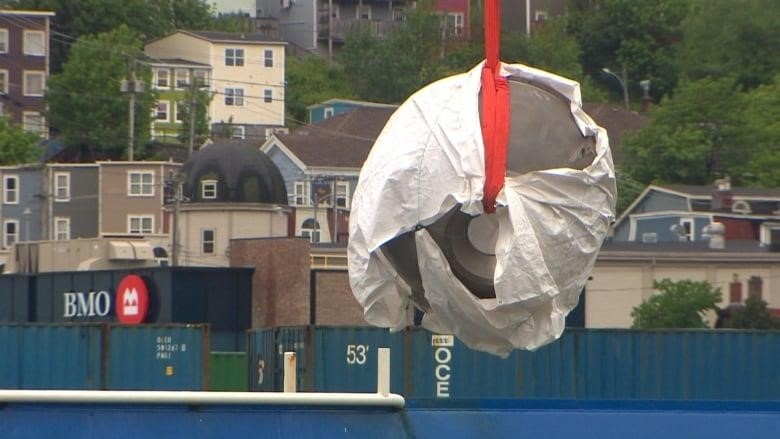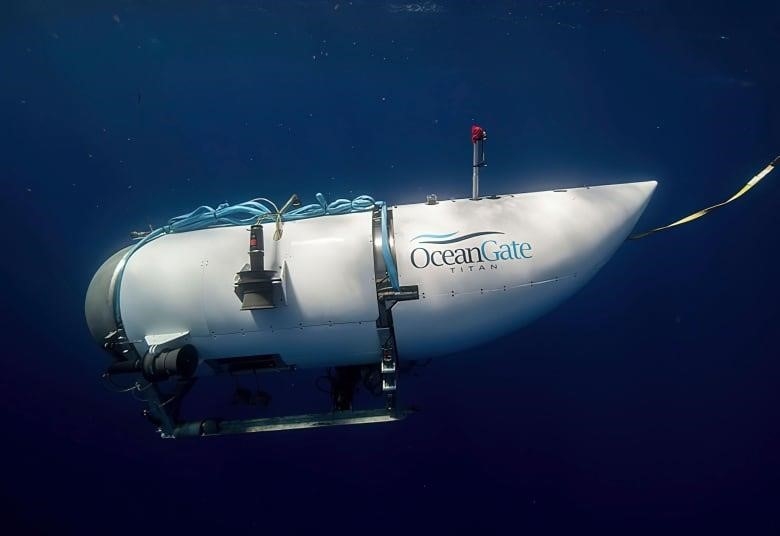
The U.S. Coast Guard says that a huge investigation is still in the fact-finding phase
As part of the huge investigation into the explosion of OceanGate Expedition’s Titan submersible, investigators in the United States are trying to figure out whose remains they have on hand.
Large pieces of the submersible, which was thought to have exploded less than two hours into its dive to the Titanic on June 18, were found by searchers in the North Atlantic Ocean. They also found what they think are the bones of people.
A short statement from the U.S. Coast Guard on Monday said, “U.S. medical professionals are doing a formal DNA analysis of what are thought to be human remains that were carefully removed from the wreckage at the site of the accident.”

The bones could belong to Stockton Rush, Hamish Harding, Suleman Dawood, Shahzada Dawood, or Paul-Henri Nargeolet, or more than one of them. If the submersible had broken down at such a great depth, the huge pressure of the ocean would have killed all five of them at once.
About 3,800 meters of water surround the Titanic. Since then, there have been questions about the Titan’s hull, which was made out of carbon fiber instead of the more common titanium. Experts in the field criticized OceanGate’s experimental approach to deep-sea exploration before it blew up, and the whole world has been looking at it closely in the wake of the public frenzy that followed its disappearance.
There is no timetable for public hearings

Several groups in the United States and Canada are now looking into what happened, with help from experts in the United Kingdom and France. The US Coast Guard is in charge because they asked for a Marine Board of Investigation, which is the highest level of investigation they can do.
Monday, a spokesperson for the U.S. Coast Guard told CBC News that they are still gathering information about what happened. All of the evidence found on the sea floor has been given to the U.S. Coast Guard. This includes the titanium end caps of the submersible and other pieces that were brought to St. John’s on June 28.
After the Marine Board of Investigation has gathered all the facts, it will hold public hearings. The board will be able to issue subpoenas and production orders for evidence and call witnesses to testify in public.
These hearings have not been scheduled yet. Marine Boards of Investigation are only used by the Coast Guard for the worst maritime disasters. The Deepwater Horizon disaster in the Gulf of Mexico in 2010 and the death of 33 people on the cargo ship El Faro off the coast of Florida in 2015 are more recent examples.
Find out more from CBC Newfoundland and Labrador
